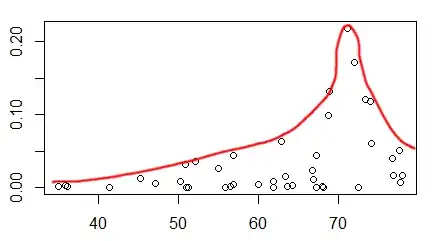Let $\ X_1 , X_2 $ be two iid random variables with normal N ( $\theta,1 $) distribution. Further , consider bernoulli random variable V with P(V=1) = $ \frac{1}{4} $ and which is independent of $\ X_1 , X_2 $ .
Define $ \ X_3 $ as = $\ X_1 $, if V=0 $\ X_2 $, if V=1
For testing hypothesis H0 : $ \theta =0 $ versus H1 : $ \theta =1 $
Reject H0 if $\frac{\ X_1 + X_2 +X_3 }{3} $ >C
Find C such that test size becomes 0.05 .
Now in this question I could understand only two things , one that V is an indicator variable and bernoulli distribution and second that it should be converted to Z before adding two critical region.
Other than that I dont know how to proceed , please help.
My attempt
$ \ X_3 = \ X_1*P(v=0) + \ X_2*P(v=1 ) $
$ E(\ X_3) = E(\ X_1*P(v=0)) + E(\ X_2*P(v=1 )) $
$ E(\ X_3) = (\theta *3/4) + (\theta*1/4) $
$ E(\ X_3) = \theta $
Now $ Var (\ X_3) = Var(\ X_1 *3/4) + var(\ X_2*1/4) $
$ Var (\ X_3) = \frac{9}{16} + \frac{1}{16} $
$ Var (\ X_3) = \frac{10}{16} $
$\frac{\ X_1 + X_2 +X_3 }{1} \ ~~~ N( 3\theta , ??) $
$\frac{\ X_1 + X_2 +X_3 }{3} \ ~~~ N( \theta , ??) $ Please help to proceed .
